Reading Time: 5 minutes
A broken tractor tire valve stem can put a damper on your day. We use our tractors in some pretty rough terrain, but I’ve found that dealing with brush and felled trees is my danger zone. Things get bent, broken, stabbed, and wrapped up when I’m in a mess of brush, which leaves me with some inconvenient breakdowns.
Most modern small farm tractors have tractor tire valve stems that include a metal body. You might think this makes them sturdy and resilient, but they’re not. Being a thin metal part, one well-placed piece of wood is all it takes to shear the stem off, whereas a rubber stem may give, bend, and return to position.
It’s never fun to have a flat tire on anything, let alone your tractor. What’s more, it seems that you’re almost guaranteed that you’ll get a flat tractor tire in the worst of spots and the worst of times. Be it mud, snow, or brush; it’ll be a challenge to your temperament and ingenuity at best.
If you have a bucket loader and a flat front tire, then you’re in luck! Using the edge of your bucket, it’s pretty easy to lift the entire front end of your tractor off the ground and out of whatever mess you’re mired in. Hydraulics do fade, and bucket loaders will leak, so be sure you put something under the tractor to act as a jack stand of sorts for safety. If you have a flat rear tire and you don’t have a backhoe attachment on at the time, then you may need to get creative with other farm implements or get a good old bottle jack. If all else fails, you may be able to avoid lifting your tractor completely.
Where is the stem? Your tire is likely already partially popped off the rim, so rotate your tire either by driving on it, or spinning it if you manage to lift the tractor. Usually, the best position for the stem will be at the 3 o’clock position or the 9 o’clock position, but the environment may dictate the orientation for you.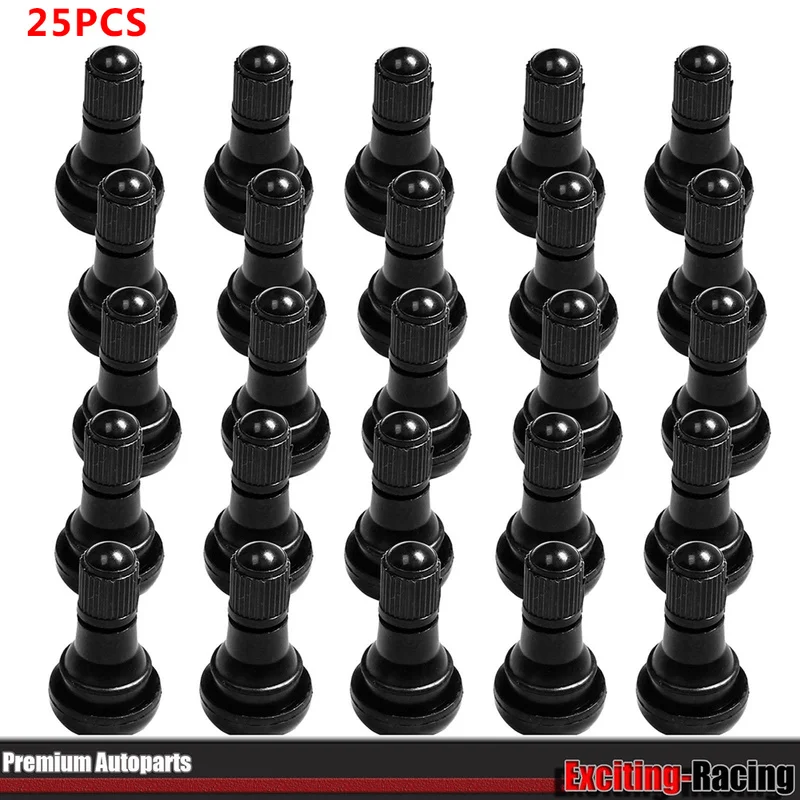 In either case, get the wheel turned so that you can access both the inside and outside of the stem hole at the same time.
In either case, get the wheel turned so that you can access both the inside and outside of the stem hole at the same time.
Most OEM tractor tire valve stems include a nut on the outside of the rim. Because of the design of these stems, we need to remove this outer nut so we can knock the rest of the stem inward to remove it. For the sake of sanity, a cordless impact tool with an appropriately sized socket will do the trick, but if you don’t have one, you’ll likely need help.
I found that when trying to remove a stem with a ratchet wrench, the stem spins in the wheel. Be prepared to have someone hold the inside portion of the broken tractor tire valve stem with a set of vice grips or long reach pliers. Avoid dropping the broken stem in the tire; you don’t want to go fishing for it later. If you do have an impact wrench, I found that using a length of coat hanger wire to catch the remainder of the stem works out well. Just poke the end of the wire into the hole in the middle of the stem on the inside, unbolt the nut, and the stem should slide down the wire and into your hand.
Just poke the end of the wire into the hole in the middle of the stem on the inside, unbolt the nut, and the stem should slide down the wire and into your hand.
For those of us using an off-the-shelf generic rubber stem, be sure you get the correct size stem for the hole in your wheel. Bring the old stem with you to the parts store, or measure before you go. Most valve stems are one of two standard hole sizes and any big box store with an automotive section or tractor equipment section should have them both. If you’re not sure which size it is, buy both and hold on to the other stem for another tire.
Thankfully, there are tools for pulling a tractor tire valve stem into a wheel. Stem puller tools come in various shapes and sizes, but the most common and cheapest tool is a simple steel cable with a fitting on one end to thread onto the stem and a handle on the other. If you thought ahead and bought a spare OEM tractor tire stem, then you may not need a pulling tool, just a wrench and socket.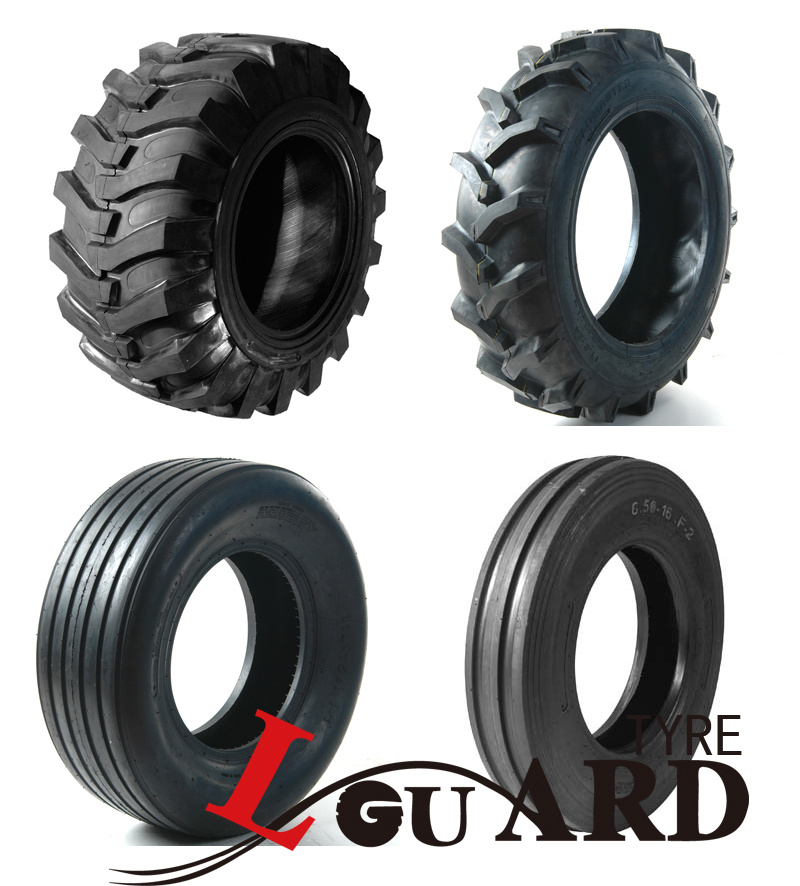 You may additionally need a spoonbill tire tool, a piece of steel rod, or a long breaker bar to manipulate the tire to gain access to the inside of the rim.
You may additionally need a spoonbill tire tool, a piece of steel rod, or a long breaker bar to manipulate the tire to gain access to the inside of the rim.
For a pull-through rubber tractor tire valve stem, feed the pulling tool into the wheel from the outside. Remove the threaded cap from your new stem and thread it onto the puller dangling inside the tire. Make sure the neck of the stem finds the hole in the rim and pull the stem out by the handle of the puller tool.
Pull until the tractor tire valve stem seats in the rim. If it’s too tight to pull, wrap the stem tool’s cable around the handle of a socket breaker bar and use it as a leverage multiplier. It should seat with a little tug. If you’re having a hard time pulling the stem through, try some dish detergent on the stem. Never use grease, WD-40, PB Blaster, or anything that may be deleterious to rubber. Those products may eat your valve stem over time.
Large tires, especially tall sidewall tires, are easy to manipulate on a wheel. Smaller tires like the ones on the front axle of this compact tractor may require an automotive type tire machine to remove from the rim.
Smaller tires like the ones on the front axle of this compact tractor may require an automotive type tire machine to remove from the rim.Now that you’ve managed to install your stem, you have the challenge of airing a tire up with a broken bead. The “bead” is the edges of the tire that seal against the rim. First, use dish detergent or soapy water to slick up the beads of the tire and edges of the rim. If you were able to lift your tractor, put a ratchet strap around your tire and tighten it. This will compress the tire and help you get a seal. If you didn’t lift the tractor, you might have to roll a little on your flat tire to get a ratchet strap around your tire.
Once you have a ratchet strap in place, you may need to strike your tire with a mallet or dead blow hammer to finish seating the bead. Keep hitting the tire as you fill it with air to completely seal the bead. Once the tire holds air, spray the beads with soapy water and check for air bubbles. Strike the tire in the areas that show bubbles until they stop, which indicates that the bead sealed fully against the wheel.
If you’re tired of flat tires and broken tractor tire valve stems, consider using tractor tire fluid, especially foam loading. Foam loading will turn your tire into solid foam core tire, which is difficult to replace once worn, but will never go flat on you.
Have you had to change a valve stem creatively? Let us know what challenges you overcame in the comments section below!
Yes there is an instruction sheet. Click here.
NO special tools are needed. The .625″ stem has a 9/16″ nut, so a deep walled 9/16″ socket works great. The .453″ stem has a 1/2″ nut (12mm works great, too.) Otherwise, any other pliers, wrenches, adjustable wrenches or channel locks will work just as well. Whatever the tool, about the most you will need to tighten is 3 to 4 revolutions of the nut. If you hear a squeak or feel the grommet turning, stop. You’re ready to roll.
If you hear a squeak or feel the grommet turning, stop. You’re ready to roll.
A rubber snap in stem may be able to be removed in its entirety with a stem puller or stem hook, channel locks or vise grips. If not, cut it off at the rim. Any part of a stem that cannot be retrieved through the stem hole can be pushed into the tire. If you have a metal stem, remove the locking nut or collar and push the rest of the stem into the tire. Even Tire Pressure Monitor Sensors (TPMS) devices can be pushed into the tire. In on-highway vehicles, we do recommend you have that tire serviced at your earliest convenience – like maybe when you get home from vacation. In all but high-speed on-highway vehicles, the remaining piece of the stem can remain inside of the tire harmlessly forever.
NO. Do not lubricate QuikStem. If, for any reason, you find QuikStem wanting to spin in the hole as you begin snugging the nut, simply grasp the stem with a firm grip or a gentle squeeze of your pliers just until the nut starts to snug and the rubber seal takes hold of the inside of the rim.
Just snug the nut down to the washer firmly finger tight. No more. Keeping the nut this snug will also keep it from backing off the threads in your toolbox or pocket. A quick wrap of electric tape around the barrel of your stem will also prevent any possibility of the nut coming off during long storage.
If the rim and hole are in serviceable condition, no. If there is excessive rust or any sharp burrs or gouges around the rim hole, those should be gently cleaned up with a wire brush or small file. Do only the minimum necessary to clean up the hole. It does not need to be perfect and you want to avoid enlarging the hole. In most cases, no prep is necessary. Install and go. QuikStem’s patented 3-Way seal works from the inside of the rim, the outside of the rim and expands within the rim hole itself to make a perfect seal even in imperfect rim holes.
BOTH tires that failed on QuikStem creator Todd Johnson’s 90hp John Deere tractor over the span of 3 days in early 2014 were inner tube tires that dry rotted and cracked at the stem. Just push the remainder of the stem into the hole, insert QuikStem, inflate and you’re back in business. One of QuikStem’s early prototypes – not nearly the quality of the version you can purchase now – has been performing flawlessly in an inner tube tire since early 2016.
Just push the remainder of the stem into the hole, insert QuikStem, inflate and you’re back in business. One of QuikStem’s early prototypes – not nearly the quality of the version you can purchase now – has been performing flawlessly in an inner tube tire since early 2016.
QuikStem is the ideal fix to get a fluid filled tire back in service fast. At first sign of a leaky valve stem on a fluid filled tire, pull the vehicle forward or backward until the valve stem is at the top of the tire, and, if you can, jack the wheel to just a hair off of the ground. This will take the pressure off of the tire and its contents. In most cases, fluid filled tires are only filled to just below the top of the center of the rim.
The easiest and fastest way to install your QuikStem is to use your 9/16″ deep wall socket attached to its ratchet handle as your insertion tool. In some cases, if you’ve been leaking fluid out of your innertube into your tire for some time, some fluid may want to escape as soon as you push in the old stem.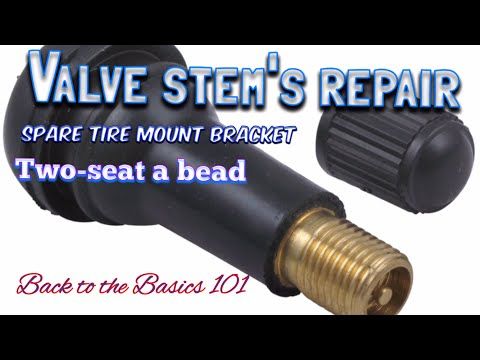 The fix is to remove any outer locking nuts from your old valve stem, and using your socket wrench as the insertion tool use your QuikStem to firmly push the old stem into the tire, and keep firm inward pressure on it as you start to snug your QuikStem’s locking nut. Your QuikStem will seal your rim hole and the grommet will begin to expand as soon as you start tightening. We recommend no more than 3 to 4 revolutions of the nut. If you’re using your ratchet in 1/4 circle arcs it could about 12-15 reps. Third or half circle arcs will be fewer. DO NOT OVER TIGHTEN! You are compressing rubber. It is not meant to lock down metal-to-metal tight. Just snug is plenty. A firm shake of the stem should produce just a slight wiggle. You’ve made a seal that will last for years!
The fix is to remove any outer locking nuts from your old valve stem, and using your socket wrench as the insertion tool use your QuikStem to firmly push the old stem into the tire, and keep firm inward pressure on it as you start to snug your QuikStem’s locking nut. Your QuikStem will seal your rim hole and the grommet will begin to expand as soon as you start tightening. We recommend no more than 3 to 4 revolutions of the nut. If you’re using your ratchet in 1/4 circle arcs it could about 12-15 reps. Third or half circle arcs will be fewer. DO NOT OVER TIGHTEN! You are compressing rubber. It is not meant to lock down metal-to-metal tight. Just snug is plenty. A firm shake of the stem should produce just a slight wiggle. You’ve made a seal that will last for years!
QuikStem will seal your fluid filled tire indefinitely. Of course, some of your fluid will leak out of your inner tube into the main cavity of your tire, so if you or your mechanic are concerned with its long term effects on your rim, you can choose to service the tire later at a time that is convenient for you after you’ve finished your job – or your entire season.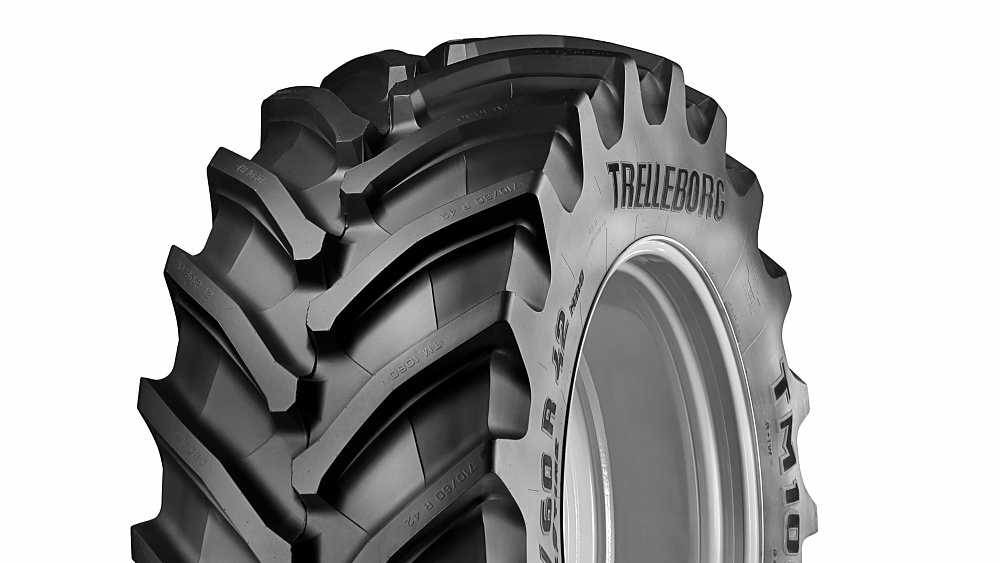 Until then, you can keep working with confidence. Remember, liquid and iron need oxygen to create rust. If it brings you peace of mind, at your next opportunity, if you simply remove the air at the top of your tire and have it replaced with nitrogen, you can dramatically slow, or halt, any inner rim corrosion.
Until then, you can keep working with confidence. Remember, liquid and iron need oxygen to create rust. If it brings you peace of mind, at your next opportunity, if you simply remove the air at the top of your tire and have it replaced with nitrogen, you can dramatically slow, or halt, any inner rim corrosion.
Note: The inventor of QuikStem has been running QuikStems in his 90hp John Deere tractor for years. One of his rear fluid filled tires has been under heavy use with a QuikStem in it for more than 3 years now. Looks and works like the day it was installed.
Of the more than 70 tires on his ranch, 17 now run QuikStems. Some have been running for years.
Yes. QuikStems use a standard replaceable valve core that can be removed to install sealant. Especially with the .453″ stems, you can also just remove the whole stem, install your sealant and reinstall your QuikStem. I have found on some of my big tires that have had a .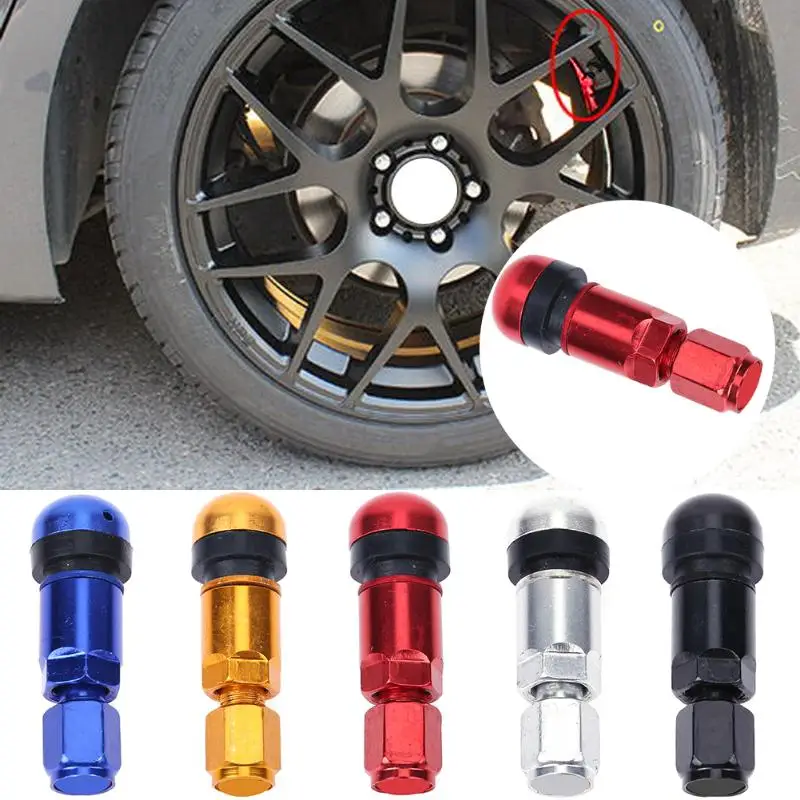 625″ QuikStem in them for years, the rubber takes a partial set in its expanded condition and may be difficult to remove. In that case, rather than risking damage to your grommet, just remove the core and install sealant through the stem. Of course that just goes to show just how rugged your QuikStem is.
625″ QuikStem in them for years, the rubber takes a partial set in its expanded condition and may be difficult to remove. In that case, rather than risking damage to your grommet, just remove the core and install sealant through the stem. Of course that just goes to show just how rugged your QuikStem is.
QuikStem has been working flawlessly in off road applications for over 5 years without any issues, so you can feel confident that QuikStem will get you back to work and keep you working until/if you should choose to return your tire to factory condition. In most off road applications QuikStem can be considered a permanent fix. Of course, if you hit any stem hard enough, you can break it, so once you have your QuikStem installed in your tire, the only thing you really need is one more in the toolbox. That’s why they’re sold in pairs. Under normal use your QuikStem should last for years.
QuikStem is not recommended or marketed for On Highway Passenger Vehicle Applications.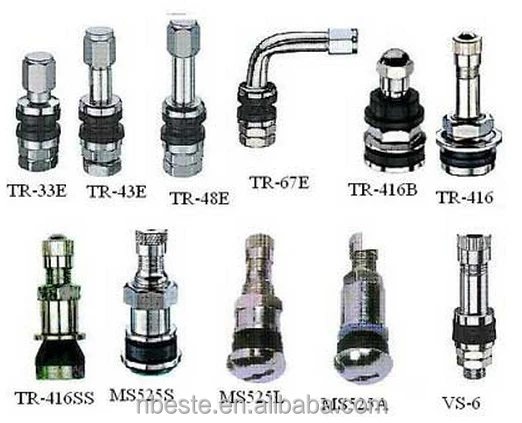
.
Price lists with prices for valves for tractors and graders, order in the department of car service equipment.
| 18050 | 13072 | 38050 | ||
| Art. No. | |
| 18050 | Tractor valve 618A. nine0014 |
| 13072 | Universal metal valve (length 36.5 mm) for used cars and trucks, D = 11.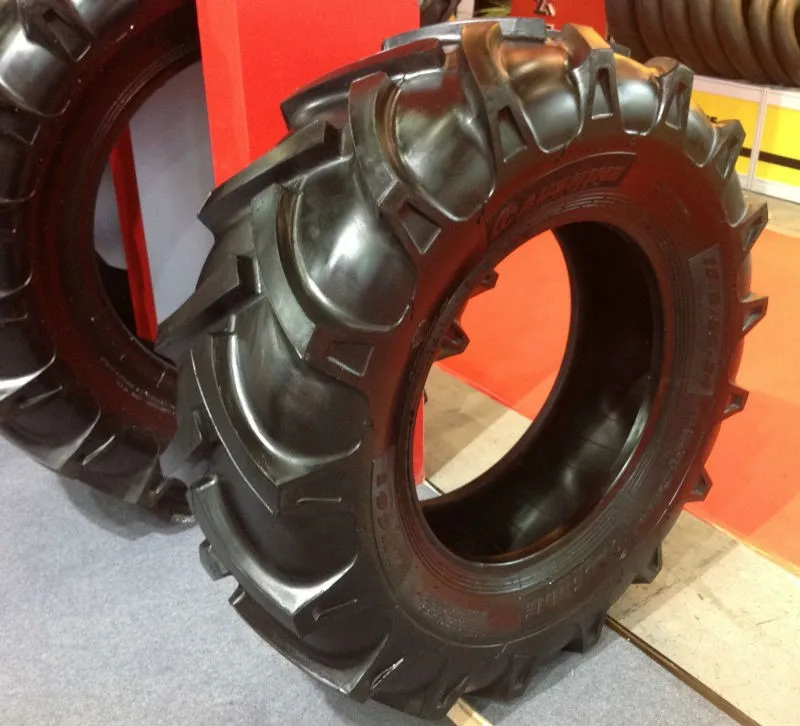 5 mm / 15.7 mm. 5 mm / 15.7 mm. |
| 38050 | Nipple for water/air valves. |
Price on request.
High quality air/water valve 18050
is used on steel rims of tractors and graders, to fill tires with water and other fluids, and to inflate (pump) and measure tire pressure.
The valve consists of a metal body, nut, washer, rubber bushing, nipple, cap and spool.
Wrench nut 16 mm.
Weight, grams: 45 gr.
Height: 48 mm.
E.T.R.T.O.: V5-01-1.
T.&R.A.: 618A.
A: 3 mm.
L: 48 mm.
D: 22
Disc bore: 15.7 mm. nine0004
Metal valve 13072
is used on forged and cast wheels of cars, SUVs and trucks for inflation (pumping) and pressure measurement in the tire.
The valve consists of a metal body, nut, washer, rubber bushing, cap and spool.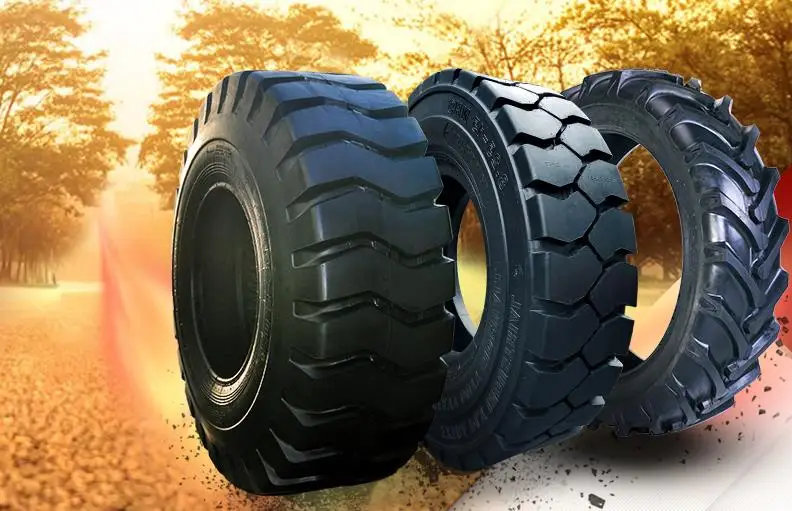
Wrench nut 14 mm.
Length: 36.5 mm.
Weight: 30 gr.
Diameter: 11.5 / 15.7 mm.
E.T.R.T.O.: V2-05-2.
T.&R.A.: 416S.
Michelin: 4027.
H: 5 mm.
L: 36.5 mm.
D: 17 mm.
Disc bore: 11.5 / 15.7 mm.
High quality nipple 38050
is an integral part of the air/water valve and is used on the steel rims of tractors and graders to inflate (pump) and measure tire pressure.
The nipple consists of a metal body, a rubber ring, a cap and a spool.
Weight: 5 gr.
E.T.R.T.O.: V4-02-1.
T.&R.A.: CH 3.9Top
| Art. | LK-414 | 68x40mm | Chamber valve | 10 | 650 |
|---|---|---|---|---|---|
| GK.50.4. | GK-50 | 100x50 | Chamber valve | 4 | 900 |
GK. 115.4. 115.4. | GK-115 | 100x115mm | Chamber valve | 4 | 940 |
| GK.120.4. | GK-120 | 100x120mm | Chamber valve | 4 | 960 |
| GK.135.4. nine0014 | GK-135 | 100x135mm | Chamber valve | 4 | 990 |
| GK.145.4. | GK-145 | 100x145mm | Chamber valve | 4 | 1010 |
| TK.X.4. | TK | 100x60mm | Chamber valve for agricultural chambers | 4 | 1 330 |
| RK.5A.145.4. | RK-5A-145 | 100x145mm | Chamber valve with inflation nut | 4 | 1735 |
| RK.5A.145.U.4. | RK-5A-145 U | 100x145mm | Chamber valve with inflation nut | 4 | 1735 |
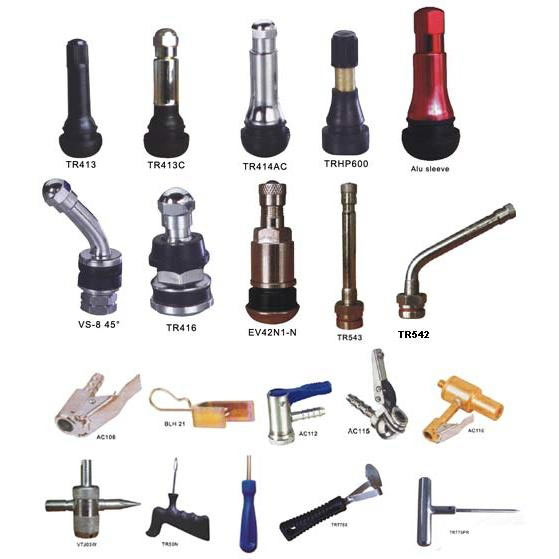
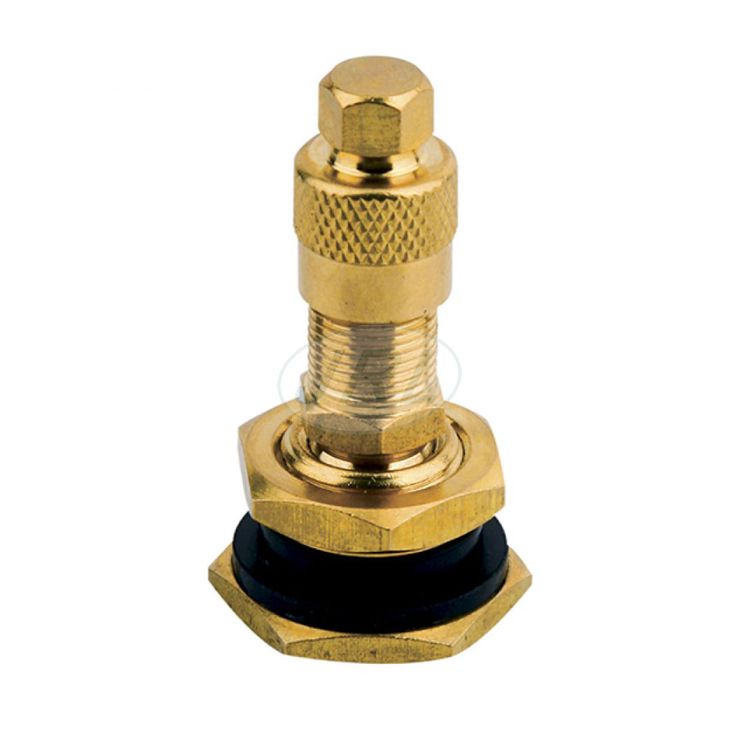 4.SS.
4.SS. | Article | Description | Quantity | Price, ₽ | TR-500 Valve without valve, 10 pcs. L=55, Ø15.7mm | 10 | 636 |
|---|---|---|---|---|---|---|
| TR.501. | TR-501 Valve without valve, 10 pcs. L=42, Ø15.7mm | 10 | 650 | |||
| TR.509. | TR-509 Valve without valve, 10 pcs. L=121/90°, Ø15.7mm | 10 | 1,000 | |||
| TR.544.D. | TR-544D Valve without valve, 10 pcs.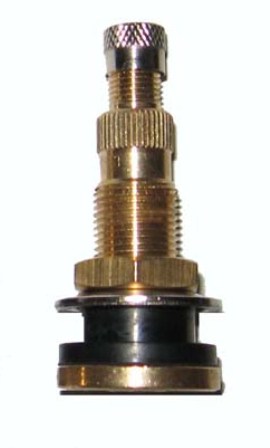 L=25x49x60º, Ø9.7mm L=25x49x60º, Ø9.7mm | 10 | 780 | nine0025|||
| TR.570.C. | TR-570C Valve without valve, 10 pcs. L=51/90°, Ø15.7mm | 10 | 780 | |||
| TR.570. | TR-570 Valve without valve, 10 pcs. L=84, Ø15.7mm | 10 | 770 | |||
| TR.571. | TR-571 Valve without valve, 10 pcs. L=90, Ø15.7mm | 10 | 780 | |||
| TR.575. | TR-575 Valve without valve, 10 pcs. L=31, Ø15.7mm | 10 | 625 | |||
| TR.618.A. | TR-618A Valve, unused, 10 pcs. L=26.5, Ø15.7mm | 10 | 885 | |||
| V3.12.1. | V3-12-1 Valve without valve, 10 pcs. L=15x21.5x40 | 10 | 1,000 | |||
| V3.13.1. | V3-13-1 Valve without valve, 10 pcs. L=46.5x42.5x153° | 10 | 1060 | nine0025|||
V3.13.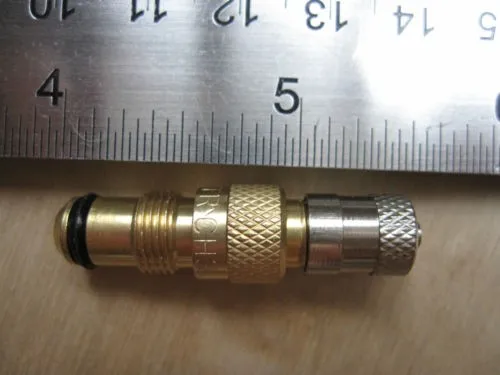 2. 2. | V3-13-2 Valve without valve, 10 pcs. L=30x29x126° | 10 | 1060 | |||
| V3.14.1. | V3-14-1 Valve without valve, 10 pcs. L=26x21.5x24.5x147° | 10 | 1060 | |||
| V3.14.3. | V3-14-3 Valve without valve, 10 pcs. L=37x21.5x24.5x147° | 10 | 1060 | |||
| V3.15.1. | V3-15-1 Valve without valve, 10 pcs. L=14x22.5x110° | 10 | 1250 | |||
| V3.22.1. | V3-22-1 Valve, unassembled, 10 pcs. L=30x28x45° Ø9.7mm (MS58) | 10 | 700 | |||
| V3.20.4. | V3-20-4 Valve without valve, 10 pcs. L=25x60x27° Ø9.7mm (MS27) | 10 | 800 | |||
| V3.20.5. | V3-20-5 Valve without valve, 10 pcs. L=25x40x27° Ø9.7mm | 10 | nine0055 800||||
| V3.20.7. | V3-20-7 Valve without valve, 10 pcs.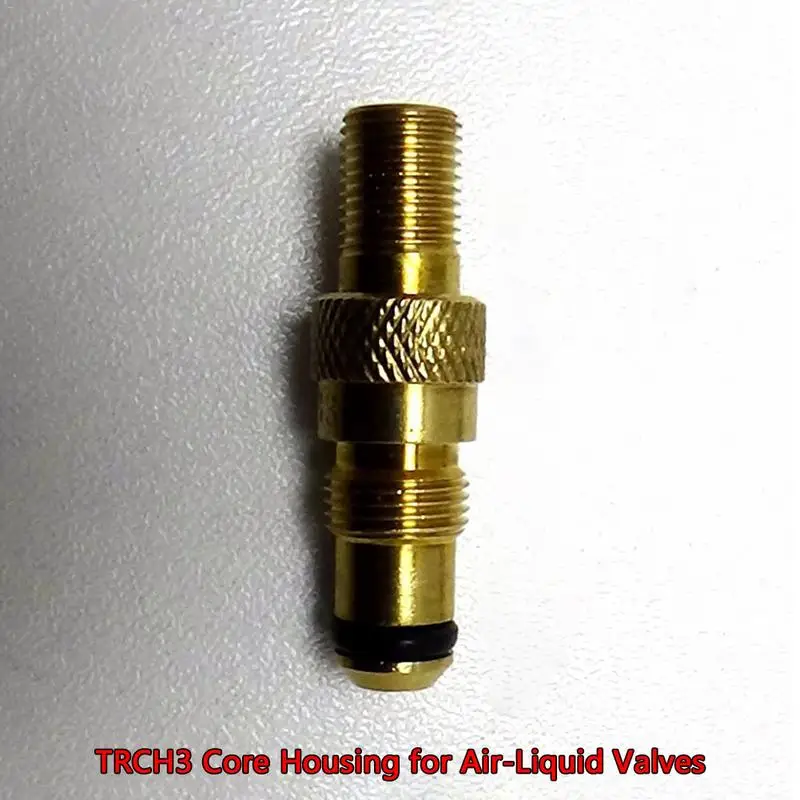 L=25x50x27° Ø9.7mm L=25x50x27° Ø9.7mm | 10 | 800 | |||
| V3.20.12. | V3-20-12 Valve without valve, 10 pcs. L=25x70x27° Ø9.7mm | 10 | 800 |
| Art.0171 | EX.115. | EX-115 Plastic extension 115mm | 1 | 20 |
|---|---|---|---|---|
| EX.150. | EX-150 Plastic extension 150mm | 1 | 23 | |
| EX.170. | EX-170 Plastic extension 170mm | 1 | 25 | |
| EX.140.R. | EX-140R Rubber extension 140mm | nine0055 156 | ||
| EX.160.R. | EX-160R Rubber extension 160mm | 1 | 61 | |
| EX.180.R. | EX-180R Rubber extension 180mm | 1 | 66 | |
| EX.210.R. | EX-210R Rubber extension 210mm | 1 | 71 | |
EX.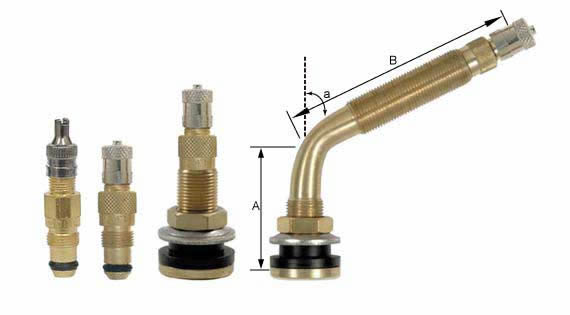 250.R. 250.R. | nine0055 EX-250R Rubber extension 250mm 1 | 81 | ||
| EX.270.R. | EX-270R Rubber extension 270mm | 1 | 86 | |
| EX.125.M. | EX-125M Braided rubber extension 125mm | 1 | 71 | |
| EX.150.M. | EX-150M Braided rubber extension 150mm | 1 | 76 | |
| EX.175.M. | EX-175M Braided rubber extension 175mm | 1 | 81 | |
| EX.200.M. | EX-200M Braided rubber extension 200mm | 1 | 86 | |
| EX.250.M. | EX-250M Braided rubber extension 250mm | 1 | 91 | |
| VE.45.1. | VE-1 Valve extension metal 45° angle | 1 | 61 | |
| VE.90.2. | VE-2 Valve extension metal 90° angle | 1 | 61 | |
VE.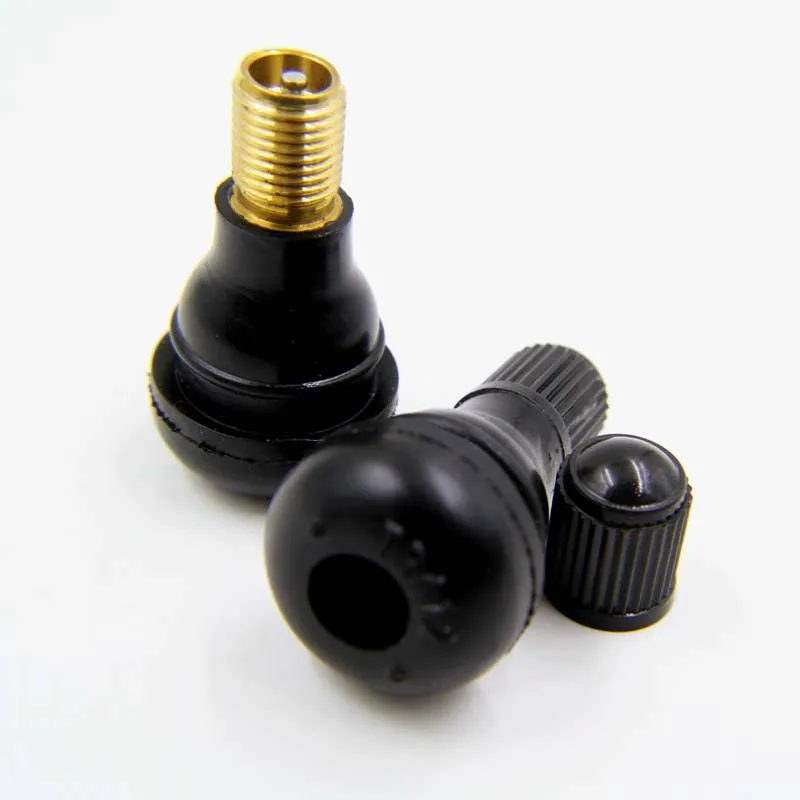 135.3. 135.3. | VE-3 Valve extension metal angle 135° | 1 | 61 | |
| EX.139.M. | MEX-139 Straight metal extension 139mm | 1 | 102 | |
| T.1. | T-1 Extension holder | 1 | 36 | |
| GR.02. | MFEU Extension clamp | 1 | 51 | |
| GR.03. | HD-03 Spring extension clamp | 1 | 51 |
In our Prokolesa store you can buy valves for tubeless tires, as well as for tires for various purposes + valve extensions. nine0004
Tire valves are required to maintain pressure in tubed and tubeless vehicle tires. It is important to understand that during operation, both rubber valves and metal counterparts tend to wear out. For example, as a result of wear of the rubber part, the tightness of the valve is lost, the air is gradually bled off, and the pressure in the tire drops.
It is quite obvious that a decrease in tire pressure significantly increases the risk of an accident, the car's handling and stability in motion and during braking worsens, the tire itself wears out actively, etc. For this reason, the replacement of the valve or faucet must be carried out at regular intervals. nine0004
In our catalogs are widely represented:
It is useful to know that during the operation of a passenger car, the non-return valve is subjected to high loads. For example, if the car is moving at a speed of 100 km/h, centrifugal force acts on the valve, while the load is equivalent to a mass of 1.7 kg. nine0004
Also, the condition of the rubber part of the valve is influenced by: temperature difference and ultraviolet radiation, various regents from the road, shock and other loads.